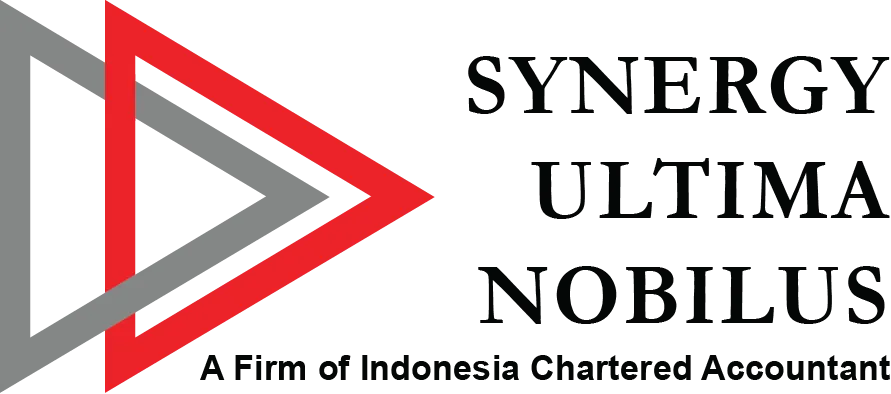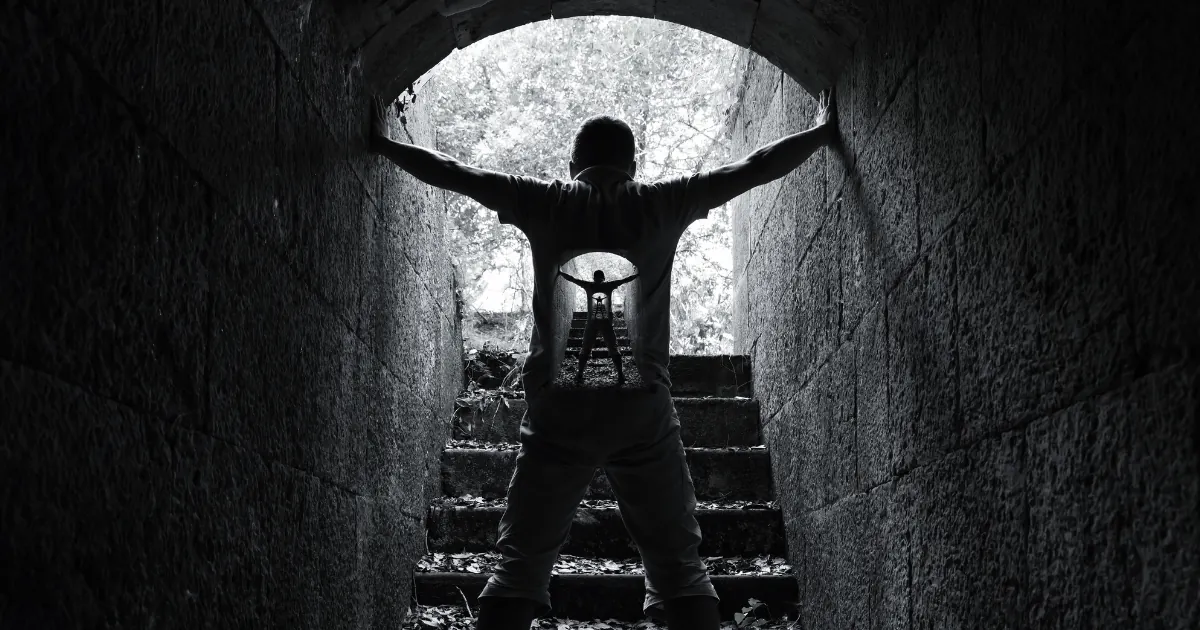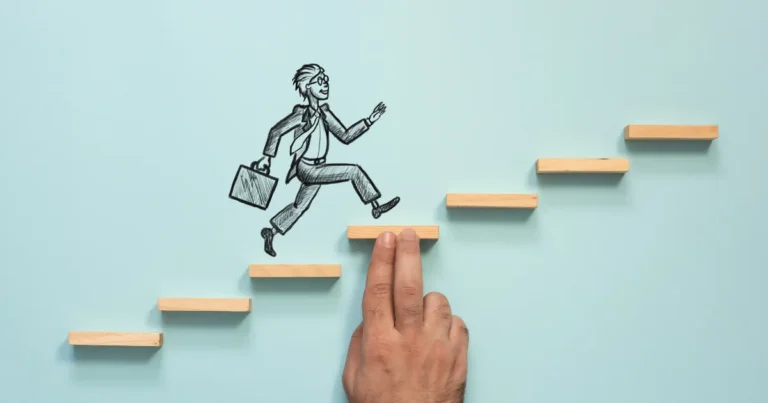- Phone: (031) 849 5566
- WA: +6282140060234
- Email: [email protected]
- Hours: Mon-Fri, 8am - 5pm
Childhood Wounds: The Pain Becomes Lifelong Scars
Understanding the Inner Child: Childhood Wounds and Their Impact on Adult Life
What Is the Inner Child?
In psychology, the inner child refers to the part of ourselves that holds early emotional experiences, unmet needs, and wounds from childhood. Even though we grow up physically, the child within us—especially the hurt one—often remains alive and actively shapes how we behave, relate to others, and respond to life.
Therapists often use the concept of the inner child to help clients understand recurring emotional patterns or reactions that seem “too much” or unexplainable. Psychologist John Bradshaw, who popularized this idea in his book Homecoming: Reclaiming and Championing Your Inner Child, explains that unresolved childhood wounds can develop into rigid belief systems that negatively influence adult life.
How Do Childhood Wounds Form?
Not all childhood wounds stem from physical abuse or obvious trauma. Many are born in quiet moments—when a child’s emotional needs go unmet. The need to feel safe, seen, heard, understood, or simply loved.
Here are common types of inner child wounds:
1. Wound of Rejection
Example: A child who often hears, “You’re not what I hoped for,” or “Why can’t you be more like your brother?” may grow up believing they’re not good enough.
2. Wound of Neglection
Example: When a child feels sad and cries, but a parent responds, “That’s nothing. Don’t be dramatic,” without offering comfort or attention, the child learns that their emotions don’t matter.
3. Wound of Criticism and Humiliation
Example: A child constantly called “lazy,” “dumb,” or “useless” by parents or teachers may develop a negative self-image and feel unworthy.
4. Wound of Betrayal or Broken Trust
Example: A child who’s promised that a parent will come to their school performance—but ends up being forgotten—may lose their sense of safety and trust in caregivers.
These experiences can create automatic emotional responses that reappear in adult life—especially under stress or in relationships.
The Impact on Adult Patterns
Developmental psychology shows that early experiences directly influence our personality and coping mechanisms. When left unresolved, childhood wounds may show up as:
1. Persistent Negative Thought Patterns
Beliefs like “I’m not lovable” or “I always fail” often stem from early experiences of rejection or humiliation. These beliefs become rigid mental frameworks that limit personal growth.
2. Disproportionate Emotional Reactions
Adults who frequently feel anxious, overly sensitive to feedback, or easily offended may actually be reacting from past wounds, not present-day realities.
3. Unhealthy Relationship Dynamics
Many people develop repeated patterns—like people-pleasing, fear of abandonment, or emotional withdrawal—because their inner child still seeks the safety or validation it never received.
4. Struggles With Decision-Making
When childhood wounds shape our internal voice, decisions may stem more from fear or a need for approval than from true desire or clarity.
Psychological Approaches to Healing the Inner Child
Healing the inner child requires emotional awareness and the willingness to reconnect with early experiences using adult perspective. Psychologists often guide this healing through:
Psychodynamic or Inner Child Therapy: Helps individuals trace current emotions and behavior patterns back to early emotional injuries.
Cognitive Behavioral Therapy (CBT): Challenges and replaces harmful thought patterns formed in childhood.
Self-Compassion Practices: Encourages people to treat themselves with kindness, as they would a loved and vulnerable child.
Journaling or Writing Letters to the Inner Child: Offers a safe outlet for expression and deep emotional reconnection.
Recommended Reading
📖 John Bradshaw – Homecoming: Reclaiming and Championing Your Inner Child
Bradshaw emphasizes that many adult emotional conflicts come from an “unheard and wounded child” within. He offers practical tools like visualization, journaling, and memory reconstruction to help individuals begin personal healing.
🔗 Read the book on Amazon
Conclusion
Your childhood wounds don’t have to control your present. By recognizing your inner child and understanding its pain, you reclaim the ability to respond—not just react—to life. Healing isn’t about blaming the past; it’s about reclaiming peace in the present so you can move forward with awareness, gentleness, and emotional freedom.






